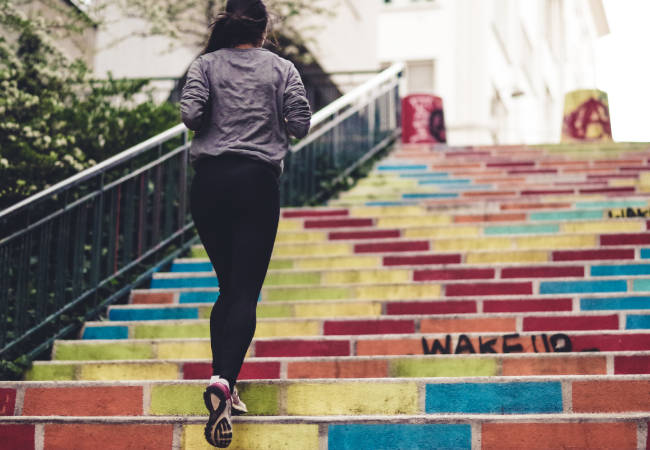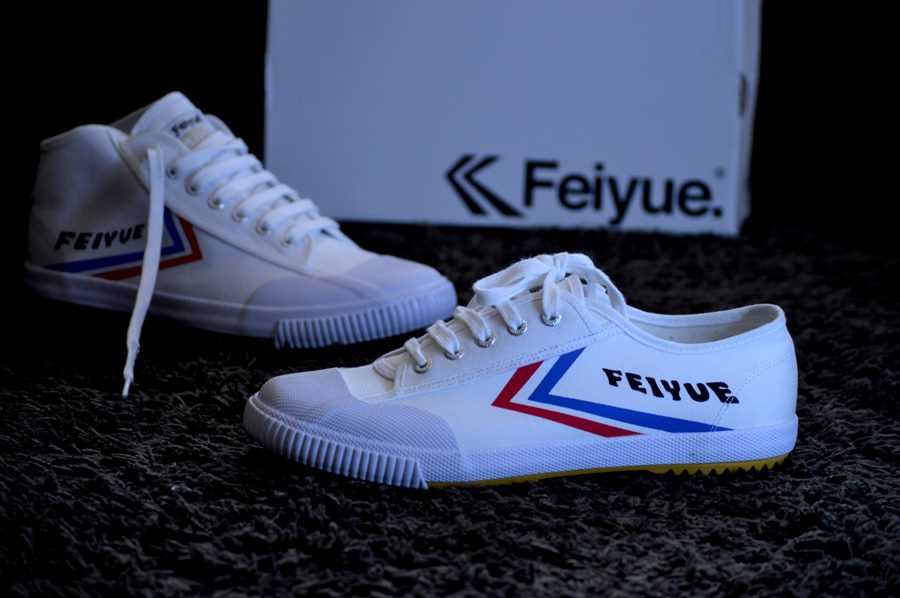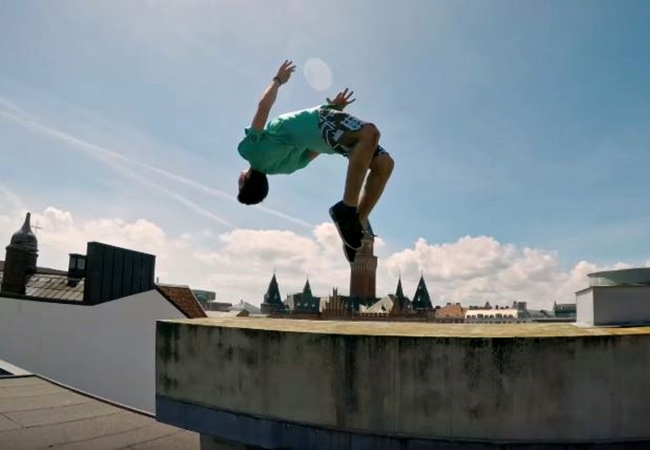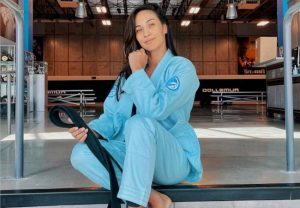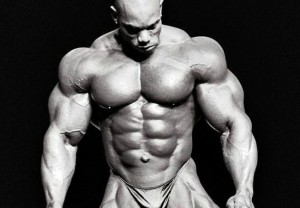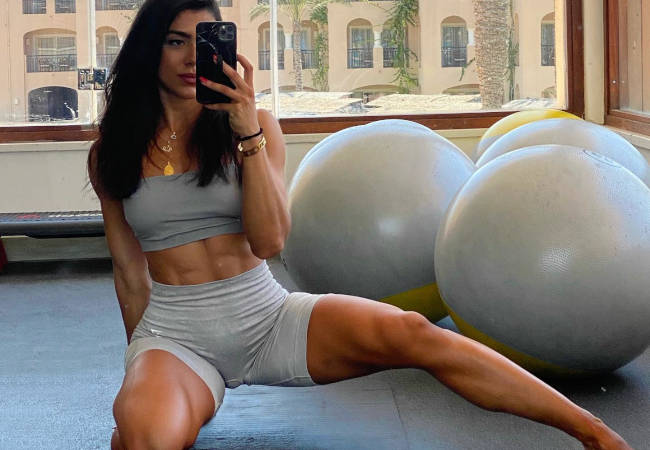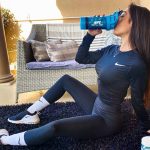Cushioning and stability in running shoes are of utmost importance when it comes to running shoes, making them key elements for improving performance while avoiding injury. The significance of cushioning and steadiness is paramount in not only improving your performance but also avoiding possible injuries. This post delves into these crucial components, providing an in-depth understanding that goes beyond the surface.
We’ll examine the key features of stability running shoes that make them a preferred choice for many athletes, especially since stability shoes can prevent injury from stride imbalances such as overpronation.
Cushioning and stability in running shoes influence foot landing and overall comfort during runs. The barefoot versus shod-running debate will be addressed, too, shedding light on their respective pros and cons as well as their impact on natural mechanics.
In addition, we will guide you through choosing suitable athletic footwear based on individual needs while debunking generalized marketing claims about sportswear. Lastly, we’ll delve into research trends and future directions in sports gear design—a vital topic often overlooked yet central to advancements in cushioning and stability within running shoes. Here are some great knee-friendly running shoes to get you started.
The Importance of Stability in Running Shoes
Stability running shoes keep your feet steady during high-impact workouts, reducing pain and potential injuries. These shoes have firm arch support, deep heel cups, and wide heel counters to stabilize your gait. These shoes are needed especially for runners who overpronate. If you have flat feet, with a small arch that may be another reason you overpronate.
Understanding Overpronation: Risks and Prevention
Overpronation (excessive inward foot roll) can cause problems for novice runners wearing non-specialty or neutral shoes. A well-fitting stability shoe controls this motion and prevents issues. The neutralization of the ankle is so helpful to minimize strain on joints and tendons and comes from more support in the midsole. Motion control shoes in just the right dose can be beneficial to many runners to avoid running injuries.
Overuse injuries can not only affect your feet, but they can slowly cause long-term problems for your legs and knees. Make sure you get a full recovery before running again if you notice pain in your feet.
How to Tell if You Overpronate When You Run?
If you have a well-worn pair of running shoes check the bottom of the shoes. When most of the wear and tear is on the inside sole, near the big toe and ball of the foot, then you probably overpronate. Another reason may be flat feet. Therefore stability shoes would highly benefit you. Stability shoes can still be helpful if you don’t overpronate. If you have a neutral stride, but just enjoy the feeling of Cushing and stability running shoes, there is no harm in wearing them. Especially if you run high-intensity or long miles, stability shoes might be your perfect fit. Avoid running injuries by finding a good fit.
Key Features of Stability Running Shoes
- Firm Arch Support: Controls motion and provides midfoot security.
- Deep Heel Cup: Snugly sits around your heel for better alignment and balance.
- Broad Heel Counter: Provides lateral stability, ideal for long-distance running.
Motion-control shoes reduce overpronation, while selecting stability shoes with the right amount of cushioning allows for a natural stride pattern without uncomfortable stiffness.
If you’re unsure about your running style, get professionally fitted at specialized athletic supply stores. They’ll analyze your gait and recommend suitable options based on their findings.
Cushioning: The Comfy Secret to a Better Run
Whether you’re a marathon pro or a running newbie, cushioning in your shoes is a game-changer. It’s like a cozy hug for your feet, absorbing shock and reducing pressure. Say goodbye to discomfort and hello to injury prevention.
The Magic of Shoe Cushioning on Foot Landing
The amount of cushioning in your shoes can totally change how your foot lands. By wearing shoes with the proper cushioning, your feet can glide seamlessly from heel to toe, reducing tension on muscles and joints. No more shin splints or plantar fasciitis, thank you very much.
According to research from The National Center for Biotechnology Information (NCBI), runners who rock cushioned shoes have a lower loading rate compared to those in minimalist kicks. So, more cushion, less stress.
The Perks of Well-Cushioned Athletic Footwear
- Shock Absorption Superpowers: Top-notch cushioned running shoes are like bodyguards for your feet, protecting them from unforgiving surfaces like concrete.
- Injury Prevention Champ: Properly cushioned footwear can save you from runner’s woes like knee pain, hip issues, and stress fractures. They soak up those high-impact forces like a boss.
- Durable and Dependable: Shoes with quality padding go the distance. They can handle repeated impacts without losing their shape, unlike flimsy ones that wear out faster than a sprinter.
Cushioning Properties
There are a variety of elements that affect cushioning properties of running shoes. The quality of the cushioning material, the thickness of the cushion, and other sole materials.
In a nutshell, investing in well-cushioned athletic footwear is about comfort in the short term. The long-term benefit of cushioning and stability shoes is injury prevention. It’s about keeping you injury-free and boosting your performance. But remember, make smart choices based on solid evidence, not just hearsay from fitness fanatics. So, stay informed and keep those feet happy.
Key Takeaway: Cushioning in running shoes is essential for a comfortable and injury-free run. It absorbs shock, reduces pressure, and minimizes strain on muscles and joints. Well-cushioned athletic footwear provides protection from high-impact forces, prevents injuries like knee pain and stress fractures, and lasts longer than flimsy alternatives. However, more research is needed to fully understand the benefits of cushioning and stability in running shoes.
Barefoot Vs Shod-running Debate
There’s a heated debate among athletes and fitness buffs about going barefoot or wearing shoes while running. Some say barefoot running gives you more push-off power, making your leg muscles stiffer. It might make you faster and more efficient, but watch out for Achilles tendon issues.
Pros & Cons of Barefoot Running
- Pros: Barefoot runners feel more connected to the ground, with less impact shock and improved balance and foot strength.
- Cons: Going shoeless increases the risk of cuts, punctures, cold injuries, and strains on the Achilles tendon. Transitioning carefully and choosing the right running surface is crucial.
Opponents argue that traditional athletic shoes mess with our natural mechanics, hindering performance. Shoes with excessive cushioning or stability features limit foot mobility and disrupt our natural stride.
Impact of Traditional Athletic Footwear on Natural Mechanics
Athletic shoes are designed to protect and support during high-impact activities. However, research suggests that they might mess with our natural biomechanics. Relying too much on shoe technology can weaken foot muscles over time, leading to injuries when not wearing them.
In a nutshell, both barefoot running and shod-running have their perks, depending on personal preferences and training goals. Before committing to any changes in your running routine, it is essential to understand how each approach will impact your body. Seek guidance from experts in the field to avoid potential risks.
Choosing the Right Athletic Footwear: It’s All About You
When picking stability running shoes, one size doesn’t fit all. Consider your unique needs, like your gait patterns, foot shape, and athletic goals, before making a purchase.
Factors to Consider Before Buying Sports Shoes
- Gait Patterns: Your foot movement while walking or running matters. Overpronators might benefit from motion-control shoes, while others may prefer different types of support. Motion control shoes come in a variety of strengths. Trying on shoes or following a brands guide is the most helpful.
- Foot Shape and Size: Find a shoe that fits well to prevent discomfort and injuries. Consider your foot width, arch height, and length. Specialty footwear can help keep your foot in place.
- Athletic Goals: If you’re into long-distance running, cushioning and stability in running shoes can provide extra comfort during those long runs.
Debunking Marketing Claims About Sportswear
Not every shoe will suit everyone. Some runners may find overly structured designs uncomfortable due to altered lower extremity loading. Take your time and test various styles before settling on one. Testing out shoes before you buy them is the best way to feel more confident with your shoe purchase. If possible go to a running store that allows you to do a few strides outside.
Ultimately, it is essential to prioritize quality over quantity when selecting footwear for running or any other activity that requires physical exertion. Choose the right shoes that fit your needs and enjoy your sporting activities to the fullest.
Trends Sports Gear Design
As the world of sporting goods evolves, it’s high time we dive into comprehensive studies on sports gear design. While there’s promising research on performance-enhancing gear, let’s not rely solely on gym gossip. Popularity does not guarantee comfort. Many super shoes designed for long-distance road races have become popular, but they may not be a perfect fit for everyone.
Research Trends and Future Directions in Sportswear Design
Recent studies have explored how sportswear can boost performance and prevent injuries. But we need more solid evidence to guide consumers in their sportswear choices.
- Understanding the Impact of Incorrect Usage: Wearing the wrong gear can lead to discomfort and injuries. Athletes need to know the risks involved in intense activities like sprints and jumps.
- Acknowledging Deviations from Standard Protocols: Even minor deviations can pose health risks over time. Balancing innovation and safety is crucial throughout product development.
- Bridging the Gap Between Innovation & Safety: Manufacturers must prioritize safety alongside comfort and performance. No compromises on users’ well-being. New technology such as carbon plating does not guarantee comfort or avoidance from injury. Always break in your new race shoes before the race by running a few easy runs and 1 or 2 workouts.
To sum it up, while sports gear advancements are thrilling, we must ensure they’re backed by solid scientific research. Let’s prioritize transparency and accountability in the sporting goods industry worldwide.
FAQs in Relation to Cushioning and Stability in Running Shoes
What is the difference between cushioning and stability in running shoes?
Cushioning in running shoes provides shock absorption, while stability features support proper foot alignment. Both are essential for comfort and injury prevention during runs.
How important is cushioning in running shoes?
Cushioning reduces impact stress on joints and muscles, enhancing comfort during long runs. It’s especially beneficial for runners with high arches.
Are running shoes supposed to be cushioned?
Yes, most running shoes have some degree of cushioning to absorb shock and reduce strain on the feet and legs. The shoe’s thickness, material, and squishiness depend on the brand and model.
What makes a stability running shoe?
A stability shoe offers additional midsole support through design elements like medial posts that help control overpronation (excessive inward roll).
Conclusion
Understanding the importance of cushioning and stability in running shoes is crucial for athletes, fitness enthusiasts, and runners. By addressing overpronation risks with stability features and enhancing comfort through proper shoe cushioning, individuals can optimize their performance and prevent injuries.
It’s also important to consider individual needs when choosing athletic footwear, so don’t fall for generalized marketing claims about sportswear.
And let’s not forget the need for comprehensive studies in sports gear design to ensure continuous improvements in cushioning and stability in running shoes technologies.









